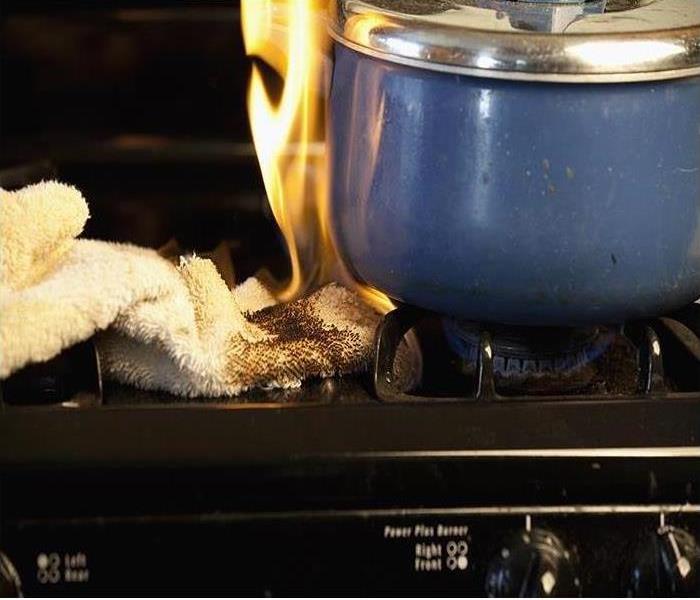SERVPRO Restores Your Home after Fire Damage to its Pre-Loss Condition
9/6/2022 (Permalink)
Damage caused by a fire starting inside your Wrightsville Beach home comes in a variety of forms. The flames and heat coming from a blaze, char contents, and building materials inside your house make replacement a requirement. Smoke coming from the fire spreads across the building and affects surfaces with soot residue.
After materials get cleaned and removed, sometimes smoke odors still exist. As a final step, SERVPRO's fire damage technicians in Wrightsville Beach deodorize the structure. When getting rid of foul smells, we use a few different chemicals, application methods, and techniques.
Deodorization chemicals help fight odors in two primary methods. Some chemicals bond to the odor molecules and cause a chemical reaction with them to neutralize the smell. Other chemicals work as masking agents and overtake the foul odors with more appealing aromas.
In some cases, just spraying the chemicals out of an electric or hand sprayer works for eliminating the foul odors. In other situations, the compounds need to get applied in the same way the malodor particles got inside the materials in the first place. Combustion causes smoke particles to become microscopic and penetrate deep into porous materials. When mitigating foul smells, our SERVPRO experts attempt to re-create smoke behavior by breaking chemicals down into tiny particles.
When using a fogging system, microscopic chemical particles gain the ability to penetrate into surfaces that emit foul odors. The chemicals then attach to the odor molecules both neutralizing and masking the pungent smells. The restoration industry typically uses both dry and wet fogging methods depending on the scenario.
Ultra-Low Volume or ULV foggers dispense chemicals in "wet fog." The machine breaks down liquid chemicals to a size of 8 to 15 microns. ULV foggers are useful in a variety of general air deodorizing applications and often get used to seal and deodorize ventilation ducts and air-handling systems.
Thermal foggers heat up chemicals and turn them into "dry smoke." The thermal fogging system can break down compounds to the size of one-half of a micron. Thermal fogging is the best way to mimic the exact conditions that took place when the odor particles entered the affected materials.
After any fogging gets completed, the structure gets ventilated so that no hazards exist. For professional help with removing smoke-related odors, call SERVPRO of New Hanover at (910) 762-8180 24 hours a day, 7 days a week.
Click here for more on Wrightsville Beach.






 24/7 Emergency Service
24/7 Emergency Service
